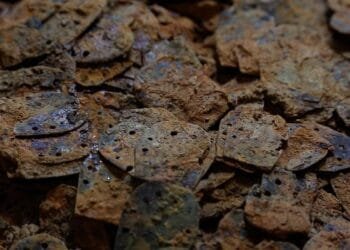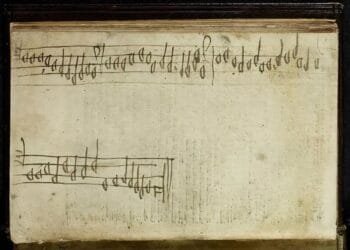An archaeological investigation has determined that cowrie-shell objects discovered across the Mariana Islands were utilized as tools for hunting octopuses.

These devices, which bear similarities to versions found on various Pacific islands, are the oldest known artifacts of their kind globally.
Through the application of carbon dating to archaeological layers, the study verified that lures discovered on the Northern Mariana Islands of Tinian and Saipan date back to approximately 1500 B.C.E, equivalent to 3,500 years ago.
Michael T. Carson, an archaeologist affiliated with the Micronesian Area Research Center at the University of Guam, remarked, “This goes back to the time when people initially inhabited the Mariana Islands. Thus, we believe that these could be the most ancient octopus lures in the entire Pacific region and, in fact, the oldest worldwide.”
The scholarly article, titled “Let’s catch octopus for dinner: Ancient inventions of octopus lures in the Mariana Islands of the remote tropical Pacific,” has been published in the reputable academic journal World Archaeology.
Dr. Michael T. Carson serves as the lead author of the study. Dr. Hsiao-chun Hung from The Australian National University in Canberra, Australia, provided assistance as a co-author.
The fishing apparatus in question was crafted using cowrie shells, a species of sea snail that octopuses particularly relish. These shells were interconnected by a fiber cord, which was attached to a stone sinker and a hook.
These octopus lures have been discovered in seven locations across the Mariana Islands. The oldest examples were unearthed in 2011 at Sanhalom near the House of Taga in Tinian, and in 2016 at Unai Bapot in Saipan.
Other sites where these artifacts were found include Achugao in Saipan, Unai Chulu in Tinian, and Mochom at Mangilao Golf Course, Tarague Beach, and Ritidian Beach Cave in Guam.
According to Carson, it has been previously acknowledged that these artifacts existed, although it took a considerable amount of time to explore the various possibilities and hypotheses regarding their purpose.
The Bishop Museum in Honolulu had initially suggested that they might have been used for scraping breadfruit or other plants, such as taro. However, Carson states that upon closer examination, the artifacts did not resemble the serrated edge typically found in known food-scraping tools.
Instead, their design, including the presence of holes and grooves for attaching a fiber cord and stone sinker components, closely resembled octopus lures discovered in Tonga dating back to around 3,000 years ago, approximately 1100 B.C.E.
Carson asserts, “We have confidence that these artifacts are indeed pieces of octopus lures, and we are confident in their dating to 1500 B.C.E.”

An invention of the ancient CHamorus?
Carson raised an intriguing question: Did the ancient CHamoru people invent this adaptation to their environment during the time when they first lived in the islands? He acknowledged that it is a possibility, while another possibility is that they brought this tradition from their previous homeland.
However, no artifacts of this nature have been found in the potential ancestral territories of the initial settlers of the Mariana Islands. If the CHamoru people did indeed invent the earliest octopus lures, it sheds light on their resourcefulness and problem-solving abilities. They had to devise unique and specialized methods to thrive in a new environment and effectively exploit an available food source.
Carson explained that this discovery signifies the significance of this particular food resource to the ancient CHamoru people. They deemed it important enough to develop a specific tool for capturing these foods. Although it may not have comprised a significant portion of their diet, it held enough importance that it became a recognized “tradition” within the field of archaeology.
Moving forward, Carson expressed the need to investigate whether similar objects exist elsewhere, potentially from an even earlier time period. This exploration would provide further insights into the development and spread of this technology across different regions.
Carson emphasized the significance of identifying the oldest instance of an artifact from an archaeological perspective. This knowledge allows for the tracking of changes and developments over time.
He explained that the only plausible alternative location to find similar artifacts would be in the original homeland of the first CHamoru people who migrated to the Mariana Islands. As a result, future investigations should focus on islands situated in Southeast Asia and Taiwan, as they are potential areas where such discoveries could be made.
























